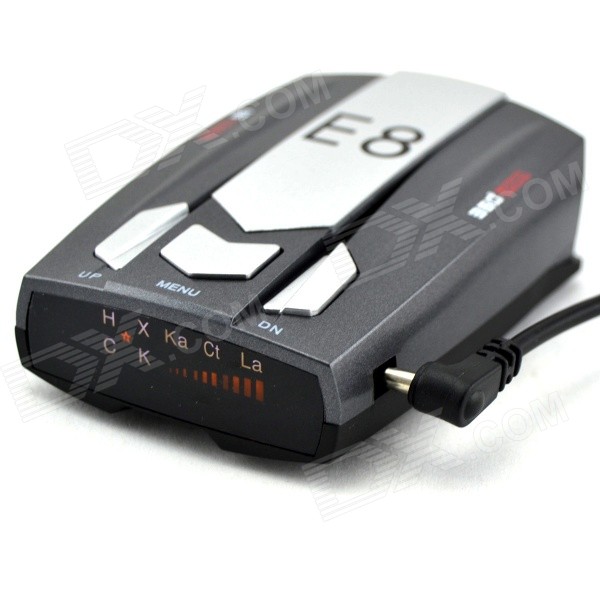
Getting a home security system is not something to put off for the future, to jot down on that list along with getting fit and picking out a great outfit for your cousin's wedding. It's something that should qualify as a top-level priority for anyone seriously concerned about their own well-being, that of their family and that of their personal possessions. These days, installing a security system is far from being the colossal hassle it was in previous years, when the technology was still fresh and adequate knowledge confined to those with an understanding of sophisticated electronics and complicated, arcane computer user interfaces. Wireless security cameras and home security sensors, of both the infrared and contact variety, are sufficiently easy to install that you can learn all you need to know in an hour of web-surfing. What's more, they're cheap enough to make the cost-risk equation a real no-brainer.
Wireless security cameras: simple and easy to install
It's possible to set up a wireless webcam to serve as your personal, wireless security camera, even if you possess the tech-savvy of an 8-year-old. These devices, which are getting smaller by the day even as the resolution available increases to levels of sharpness far beyond the human eye, can be concealed in any desktop ornament - you can install them, Hollywood style, in teddy bears, toys, paperweights, even behind two-way mirrors. It's as simple as drilling a hole in your table or mantelpiece for a feeder cable, cutting a sufficiently wide lens-hole in the side of the ornament to be used as their disguise, and arranging the camera within it. By running the feed cable to a USB port on your computer, you can simultaneously charge the device and record footage. Simple motion detection software, such as that available for download at Bit.ly, can ensure that your computer records only when there's a disturbance in the camera's visual field, making your new home security system both functional and efficient.
Save disk space by making the most of your home security sensors
It's also possible to have the device activated by various kinds of home security sensors. Infrared sensors activate when an object of sufficient heat moves across their detection field. Contact sensors, by contrast, are activated by the opening of a window or door, an action which either opens or closes the circuit made by the two installed sensor pads, which in turn sends a signal to the central home security system hub to which the sensors are wired. Another type of home security sensor utilizes UWB (ultra-wideband) radar. For the purposes of motion detection, these sensors function by 'staring' over a fixed range and sensing any change in the average time taken for the signals the device emits to be returned.
These are the same kinds of motion sensors that activate your porch light when someone walks across the driveway. The technology has been around for a long time, and has just about been perfected, to the point that upper-range home-security systems incorporate sensors with pet-human discrimination technology. PIR detectors can be made to discriminate between pets and humans by use of a modified lens or mirror that vertically stretches the zones in regions closer to the sensor, an effect that reduces the size of the 'blip' created by, say, a cat, and increases that created by a person. The industry term for such discriminator home security systems is 'pet immune'. Wireless security cameras can be programmed with software for a similar effect.
If you plan to install a home security system incorporating wireless security cameras and home security sensors all by yourself, there are a few important considerations you'll want to keep in mind. One is location. Ideally, cameras and sensors should cover those areas through which an intruder will have to pass in order to access the house. So doors, windows and skylights should be first. Be more concerned about those entry points that are off the street and shielded from public eyes, as they're the ones morel likely to be used by intruders.
Sign up with a good security agency
Perhaps even more importantly, you'll need to think about the monitoring of your system. If you're going fully independent with your system, the best thing you could possibly do is install a loud alarm siren to be activated upon intrusion, or, if you're really willing to go the extra mile, an automated telephonic system to contact the police with a looped, pre-recorded voice message. Neither of these options is as effective as being signed up with a good home security company. Home Click Here security companies, such as ADT, offer better response times than police in most parts of the world. Furthermore, if consulted from the beginning, such security companies will install your wireless security cameras and home security sensors in a fully integrated home security system that they'll be responsible for monitoring - which, for a relatively small fee every month, will really be the ultimate assurance of peace of mind.